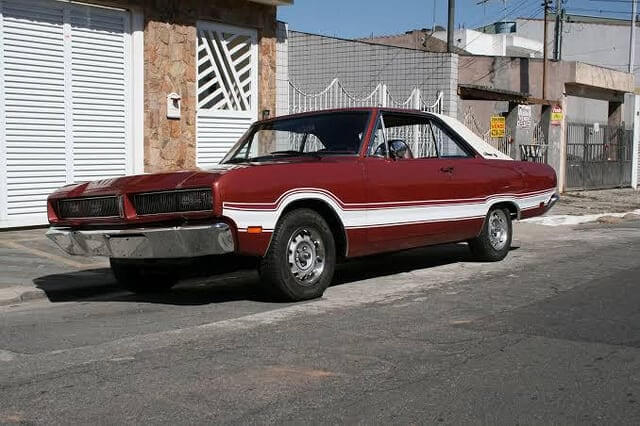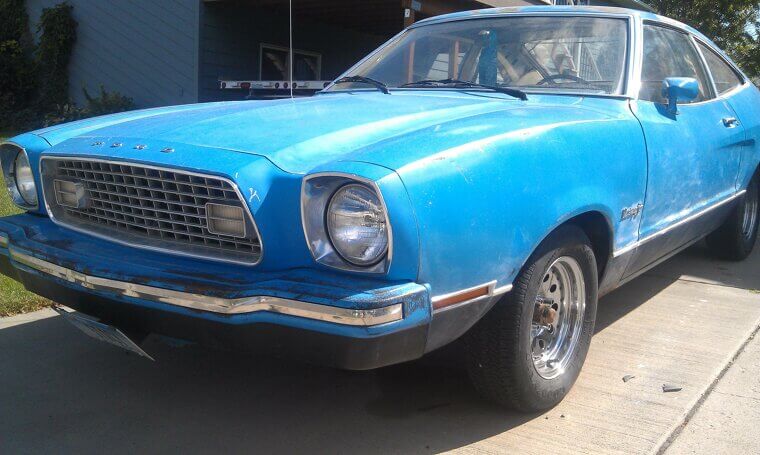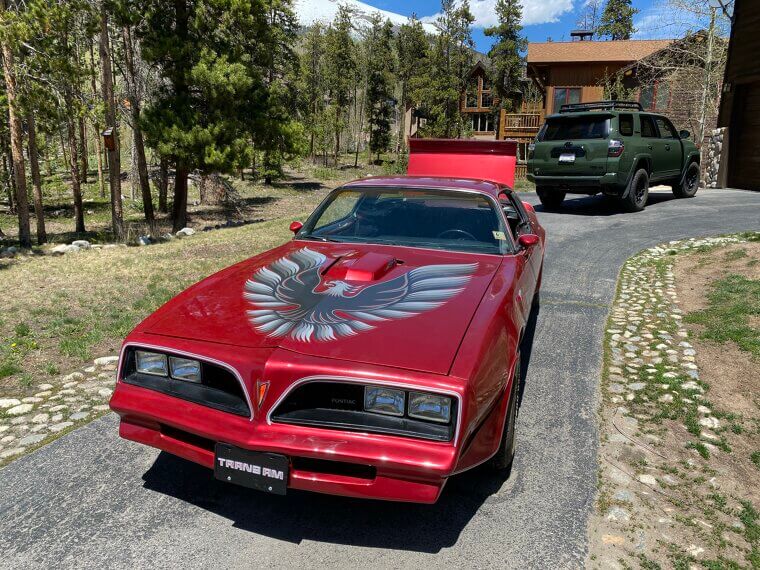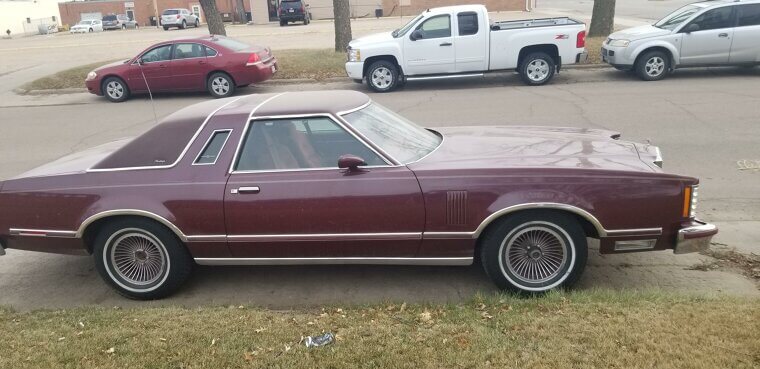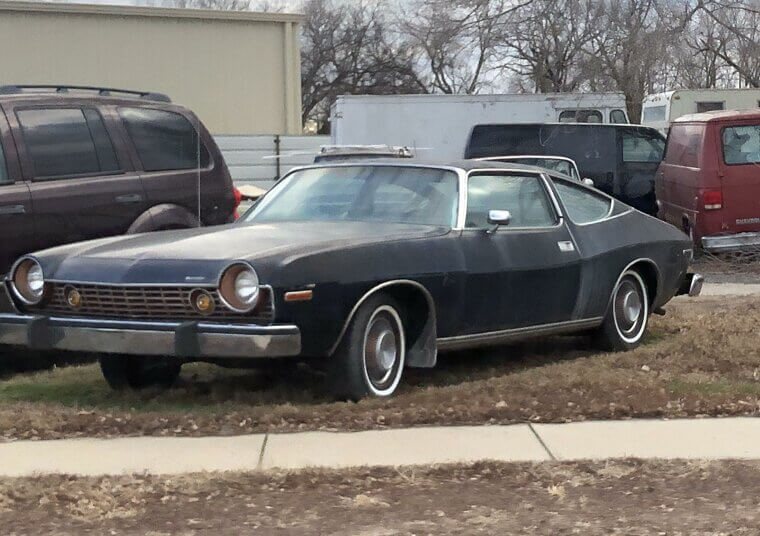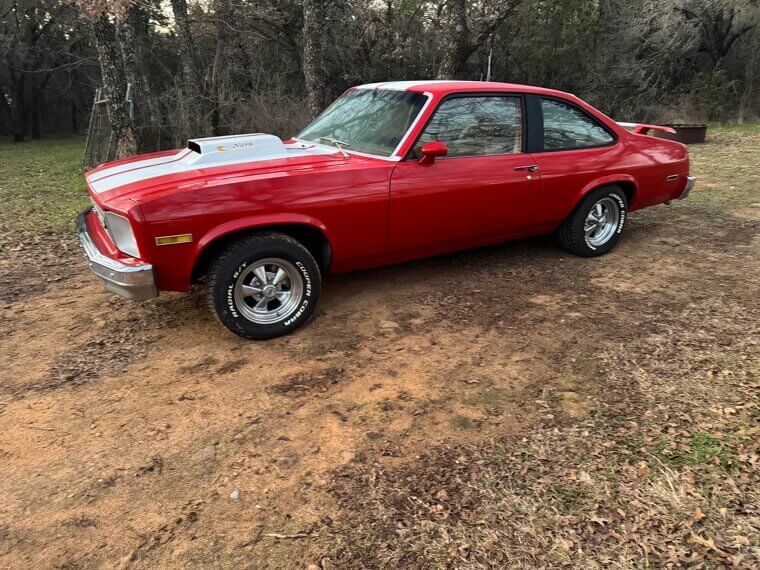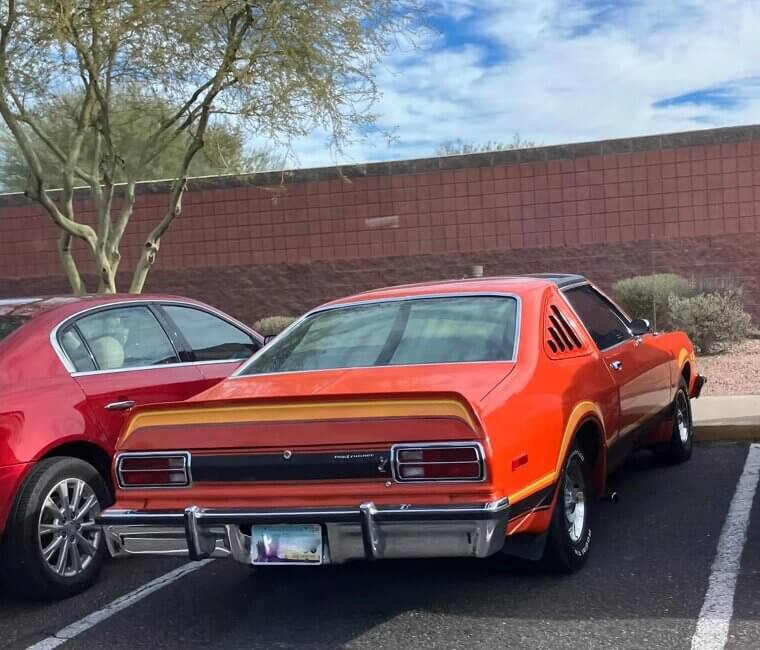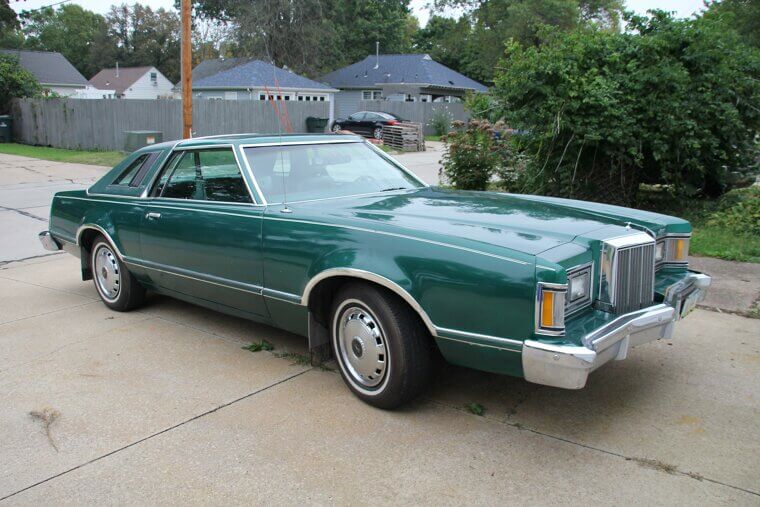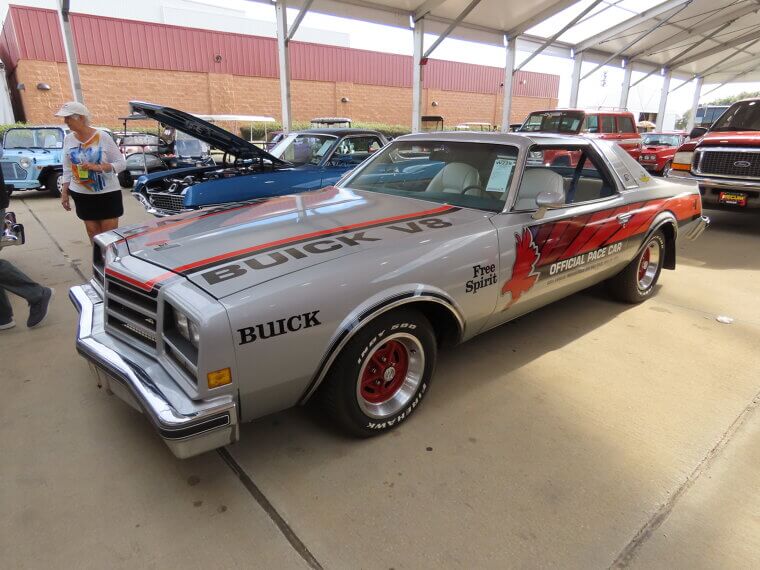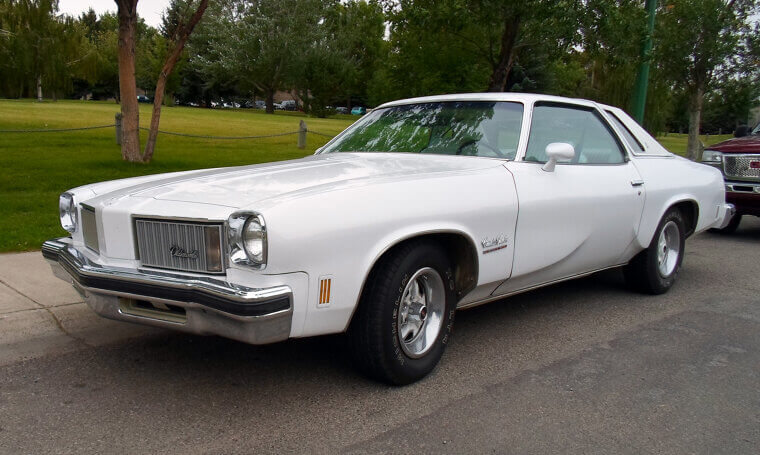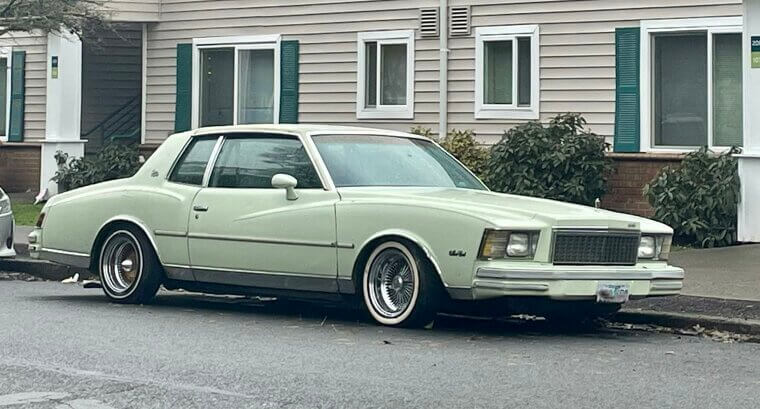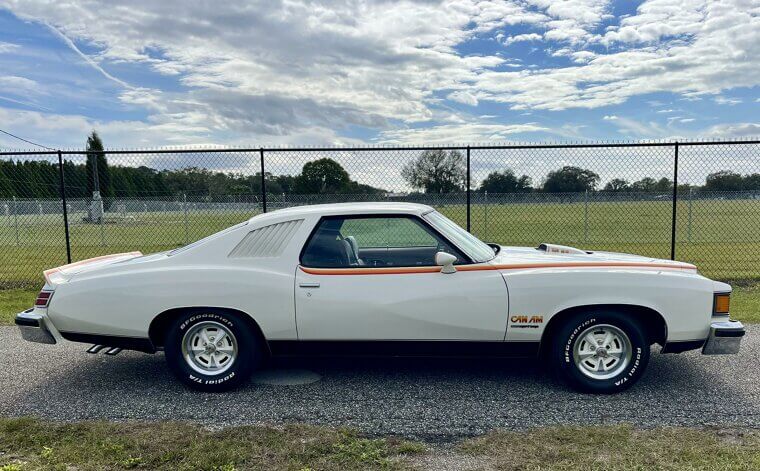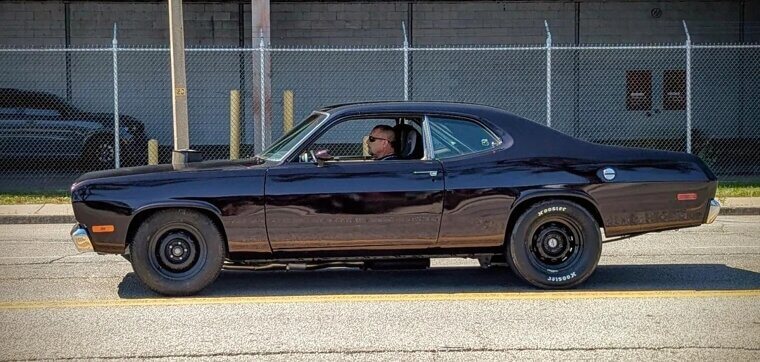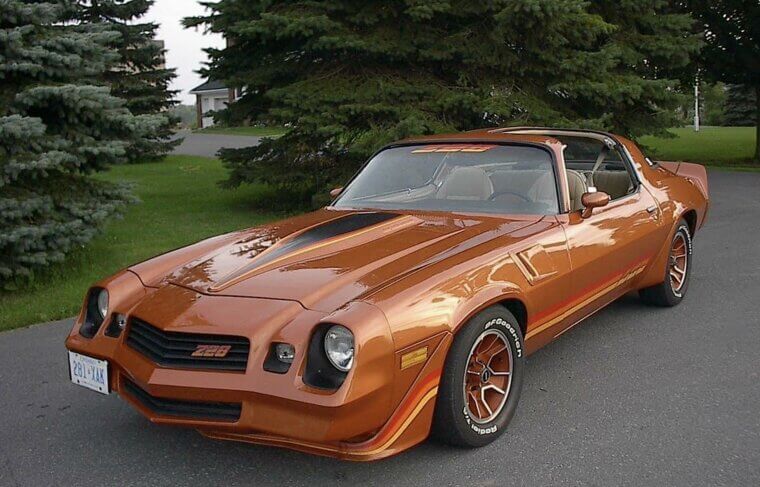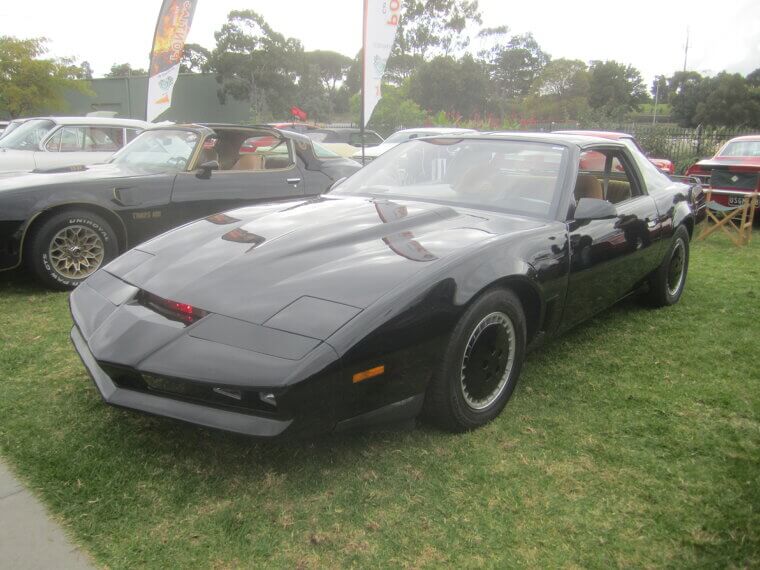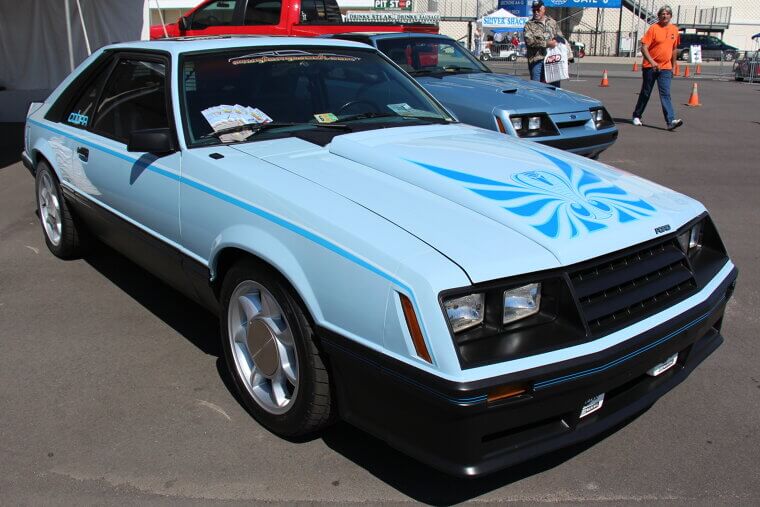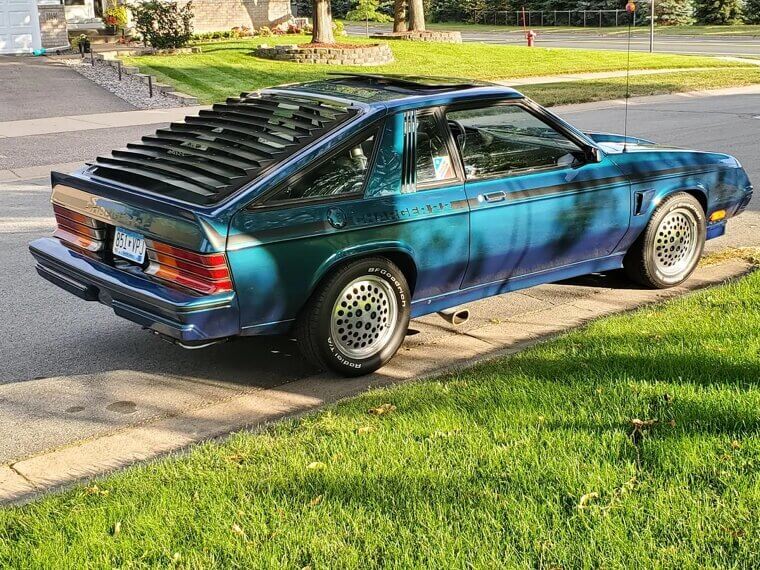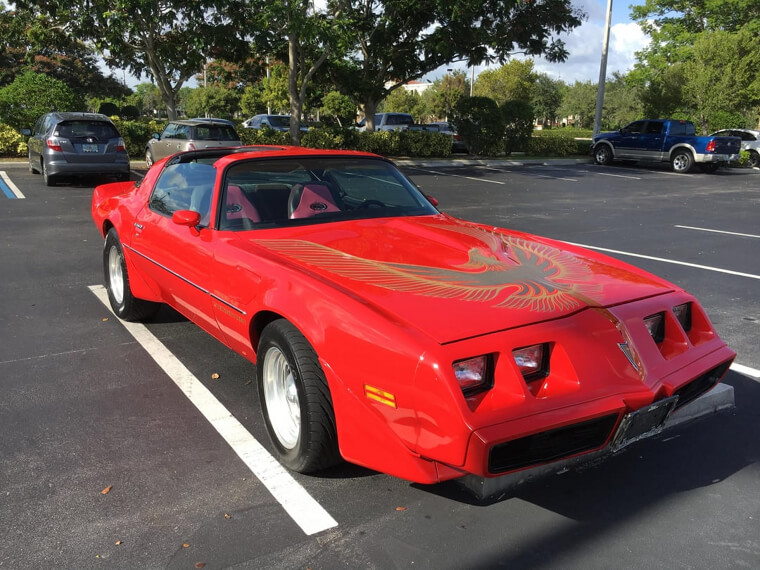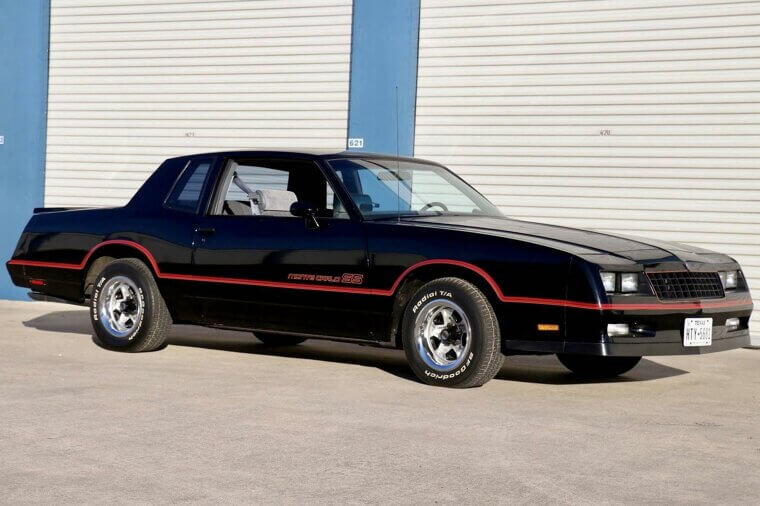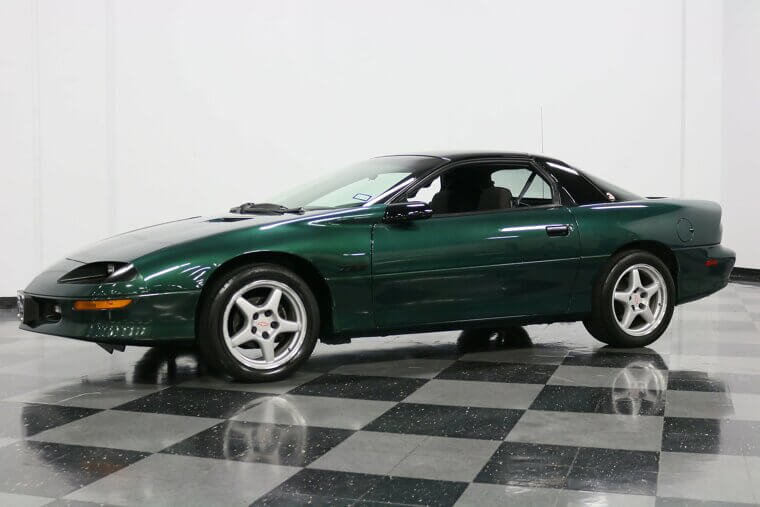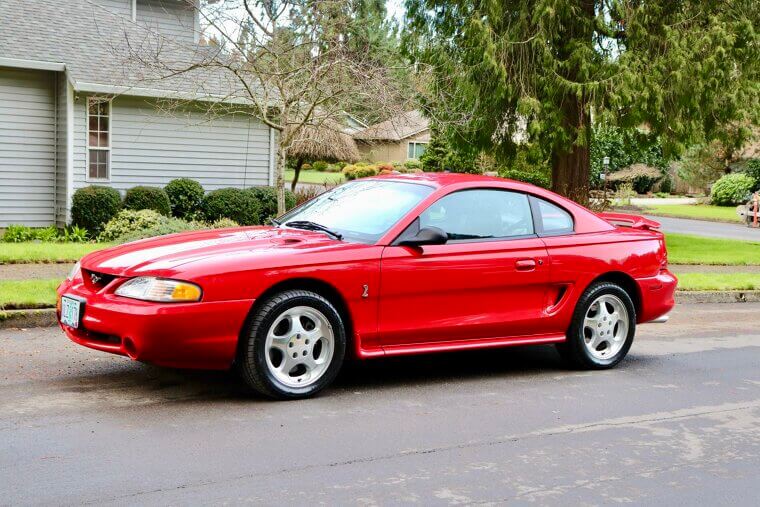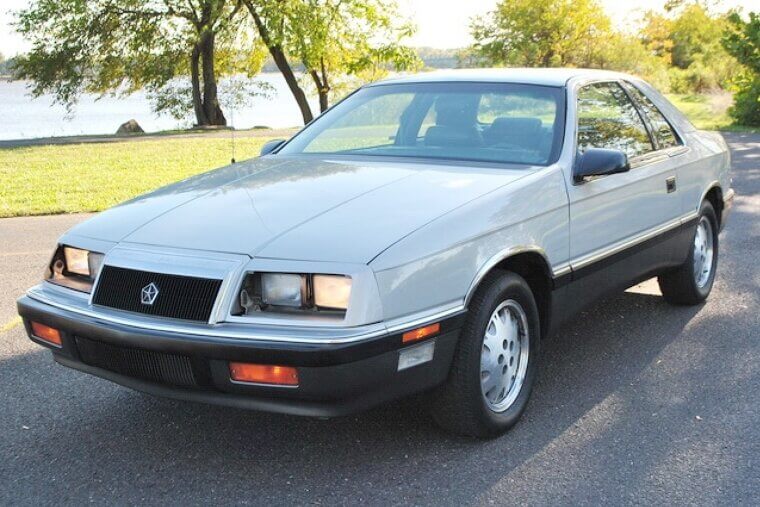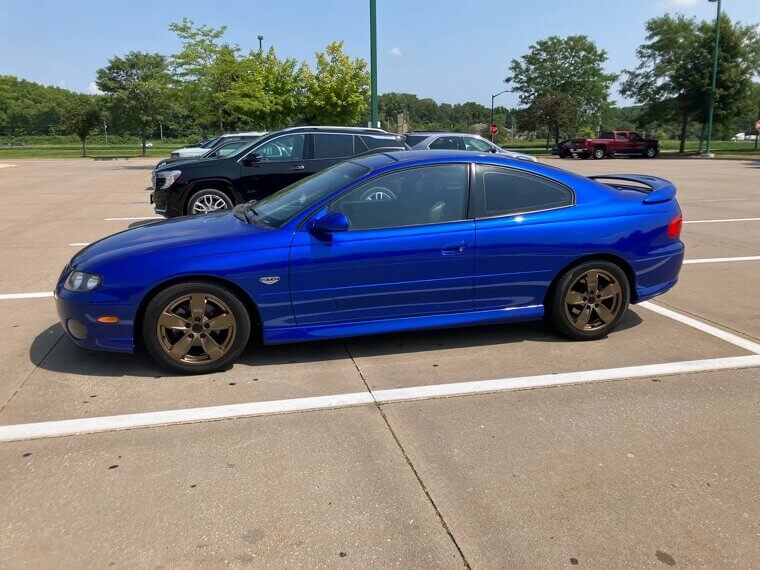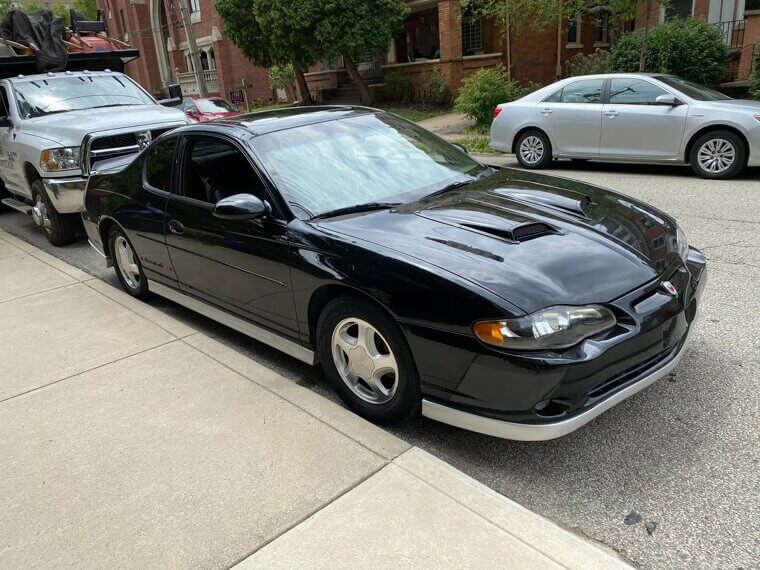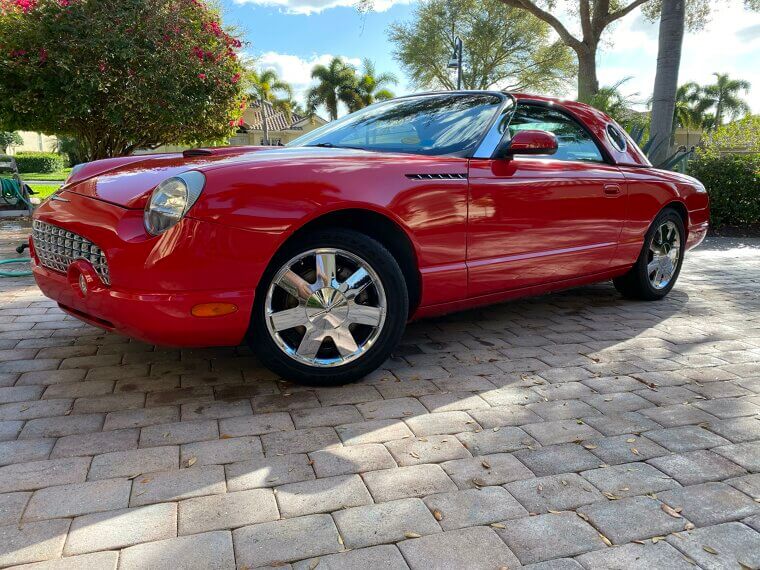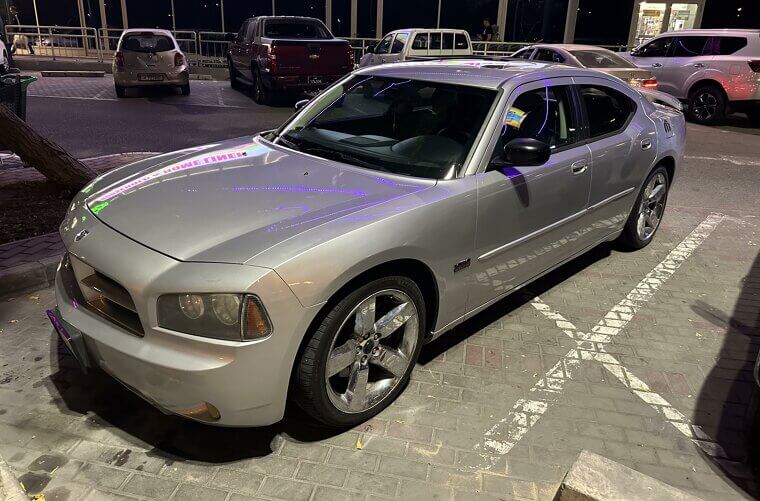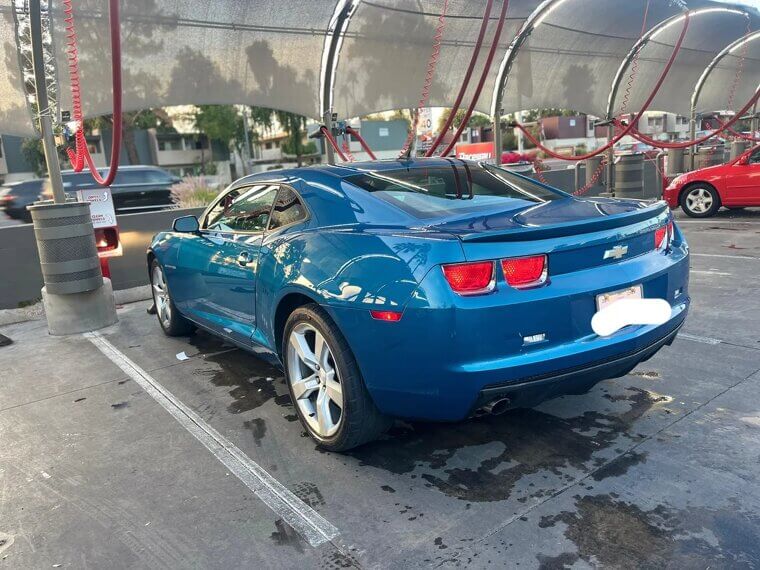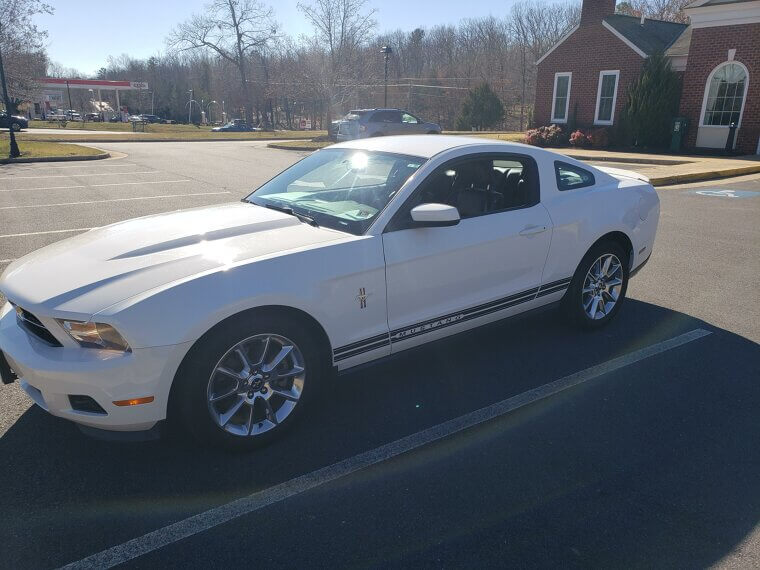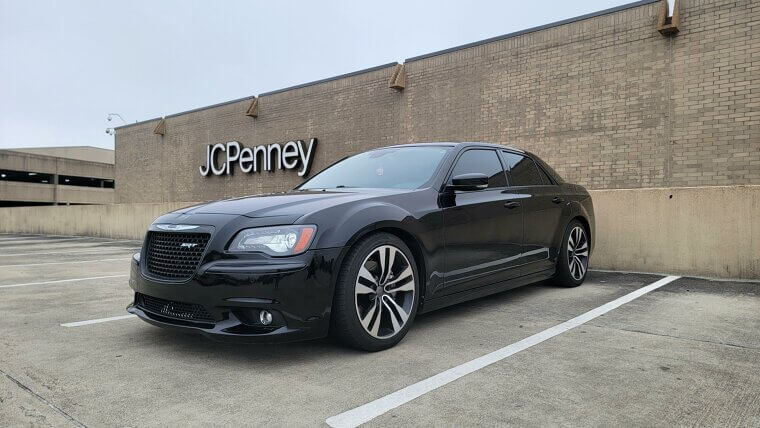Tough Looking but Fiercely Weak
When you think muscle car, you think fierce, unmatched speed. But not all muscle cars are the same, and a car that looks tough on its exterior could be surprisingly weak under the hood. Get ready to find out just which muscle cars look tough but feel weak.
1974 Ford Mustang II
The name Mustang is synonymous with power and speed. However, the 1984 Ford Mustang II was anything but forceful, and it had a rather underwhelming 88-horsepower four-cylinder engine. For many muscle car fanatics, it felt more like a moped than a beast on the road.
1976 Chevrolet Camaro Rally Sport (V6)
Did you know that the RS package of the 1976 Chevrolet Camaro was mostly cosmetic? Sure, it had the classic Camaro stance with flared fenders and racing stripes, but the base V6 version was way more bark than bite, with around 105 horsepower. Talk about wheezing rather than roaring.
1978 Pontiac Firebird Esprit
The Firebird looked like it was ready to rumble, especially with that optional hood scoop and impressive styling. But, under the hood, you got a tame engine that made you feel like you were driving Grandma’s little jalopy rather than a fierce muscle car.
1977 Dodge Charger Daytona
Big body, bold stripes, and a NASCAR-inspired name - this is how many would describe the 1977 Dodge Charger Daytona. Sadly, it was equipped with a 145-horsepower engine, which barely moved the bulk of this car. Interestingly, however, this model had almost nothing in common with the original Charger Daytona of 1969.
1979 Ford Thunderbird Heritage Edition
The Thunderbird looked huge and majestic with its fancy windows and grille, but under the hood, it was nothing more than a sleepy cruiser. The V8 engine only produced around 130 horsepower, which many thought was insufficient to get this heavy beast up the driveway.
1976 AMC Matador Coupe
The 1976 AMC Matador Coupe had a long hood, wide stance, and funky grille. Simply put, it looked like it was built for brawls. Under the hood, however, it had engine options that made much more noise than power. Who knew that Bond’s villain’s car would be so weak?
1975 Chevrolet Nova SS
The SS badge on the Chevrolet Nova meant business. But if you opted for the base engine, you were essentially buying a flashy slowpoke with no real power. It looked like a street fighter but had the power of a grandma on her Sunday drive.
1977 Plymouth Volaré Road Runner
Despite the stripes and spoilers, the 1977 Plymouth Volaré Road Runner had a weak engine that made about 110 horsepower. Not exactly muscle car-worthy, right? It might have won Motor Trend’s Car of the Year, but it lost public interest quickly afterward.
1974 Dodge Challenger
The 1974 Challenger looked like it meant business, just like its earlier siblings. But if you made the mistake of picking the base engine, you got a car that went from 0 to 60… eventually! Lucky for owners, it looked fast even when parked—if that means anything.
1978 Mercury Cougar XR7
The Cougar XR7 was a big, bold car with a muscle car attitude. It promised power and excitement but delivered comfortable naps. The powertrain was sluggish, and handling felt more like driving a mattress. It screamed “personal luxury” more than a performance machine.
1976 Buick Century Free Spirit
The red, white, and blue paint, along with an eagle logo, gave the Free Spirit a look reminiscent of a street hero. However, the 350-liter V8 engine couldn’t live up to the superhero theme and left owners and muscle car enthusiasts feeling underwhelmed. As a pace car for the 1976 Indy 500, fans wondered how it kept up.
1975 Oldsmobile Cutlass Salon
The Cutlass Salon had a look that said, “Let’s race!” but even the V8 engine wasn’t enough to outrun a family sedan on a good day. It was America’s best-selling car in the late ‘70s, mostly for its looks and not its get-up-and-go.
1979 Chevrolet Monte Carlo
A long hood? Check! Rear-wheel drive? Check! Power? A big fat no. The Monte Carlo had all the right proportions of a muscle car but came with a lackluster engine that needed more than a few upgrades to make it a true, fast muscle car.
1977 Pontiac Can Am
The Pontiac Can Am was a rare beast with wild graphics and a shaker hood that made it look absolutely fierce. But the 200-horsepower engine didn’t deliver the excitement it promised. It looked like a race car for the streets but drove like anything but one. Fewer than 1,400 were ever built.
1974 Plymouth Duster (Slant-6)
The Duster had an incredible attitude, especially with its bold colors and cool styling. The base slant-six engine, on the other hand, gave way more rumble from the exhaust than actual speed. It was a favorite of budget-conscious buyers who just wanted to look fast on the cheap.
1980 Chevrolet Camaro Berlinetta
The Chevrolet Camaro leaned more toward luxury than muscle, despite the Camaro name. With fancy chrome trim and velour interiors, its acceleration—or rather, the lack thereof—is what made it a talking point. It came with an underpowered engine choked by emission controls.
1982 Pontiac Firebird SE
The 1982 Pontiac Firebird SE looked like it was ready to eat the pavement. However, its engine, the Iron Duke 4-cylinder, produced only 90 horsepower. It had muscle car dreams and lawn mower guts. Funny enough, it was one of the few muscle cars that had a 4-cylinder engine.
1981 Ford Mustang Cobra
The Cobra wore its racing stripes and spoilers like a badge of honor. Sadly, its V8 engine produced a rather laughable 120 horsepower - more kitten than Cobra if you ask us. Ironically, the 1981 Cobra could be beaten off the line by a modern minivan. Oops!
1983 Dodge Charger 2.2
This front-wheel-drive compact car had absolutely zero muscles in its genes, even though it was named after a legend. Despite its sporty body kit and stripes, the 2.2L made about 94 horsepower. All Dodge did here was slap a tough name on a commuter.
1980 Pontiac Trans Am Turbo
The “turbo” part of the 1980 Pontiac Trans Am Turbo sounded promising, but the actual performance was disappointing at best due to lag and overheating issues. This model served as the pace car for the 1908 Indy 500, although it struggled to keep pace.
1985 Chevrolet Monte Carlo SS
Sure, it looked like it was ready for the track with its aero nose and spoiler, but the 180 horsepower V8 engine of the Monte Carlo SS was more bark than bite. It felt fast only compared to a station wagon, even if the SS badge did give it some street cred.
1994 Chevrolet Camaro V6
The Chevrolet Camaro looked sharp with its sleek, aerodynamic design, but if you opted for the base V6, you got a measly 160 horsepower and a lot of disappointment. It so badly wanted to be a sports car, but it felt more like a stylish sedan in disguise.
1995 Ford Mustang V6
Another Mustang on our list, the 1995 V6, featured the new retro-modern Mustang body style that turned heads. The base V6, however, produced only 145 horsepower, meaning it was far slower than it appeared. Disappointing, to say the least.
1998 Pontiac Firebird (3.8L V6)
Sharp styling, T-tops, and dual exhaust tips scream muscle car. But under the V6 hood of the ‘98 Firebird, there wasn’t any heat. It looked like it could smoke the tires - but it couldn't. It sounded way faster than it really was.
1987 Chrysler LeBaron GTS Turbo
This turbocharged sedan wore 80s muscle-inspired styling. Even with the turbo boost, though, it didn’t wow anyone. It was more weird than wild for a front-wheel drive that was initially marketed as a sports-luxury hybrid from Chrysler. They clearly didn’t sell well as muscle cars.
1999 Mercury Cougar
Ford tried so hard to give the Cougar a modern, sporty redesign, and for a while, many thought it looked edgy for its time. But power? Not much to speak of. The V6 engine made only 170 horsepower, and the handling was more like an economy car than a cougar on the prowl.
2004 Pontiac GTO
The initial reaction to the 2004 Pontiac GTO was that it had serious power under the hood. But many muscle car fans thought it looked too plain. People expected a throwback design, but instead, they got a rebadged Holden that didn’t look all that great.
2000 Chevrolet Monte Carlo SS
A reboot of the original, the 2000 Monte Carlo SS had NASCAR styling and a bold grille. Its performance, however, was only lukewarm, and the 200-horsepower V6 couldn’t match its aggressive looks. It was a favorite among older drivers who wanted sporty flair without the speed.
2002 Ford Thunderbird
A retro-inspired beauty, the 2002 version of the Ford Thunderbird looked classy and bold. But it drove like a luxury cruiser rather than a performance machine. Yes, the V8 was decent, but the soft suspension made it feel more like a touring car.
2008 Dodge Charger SE
The Charger name and muscular build of this 2008 muscle car turned heads. The base model came with a 2.7L V6 that felt more like a wheezy jog than a full-on sprint. It looked the part but couldn’t back it up and was banished to the rental car fleet.
2010 Chevrolet Camaro LS
The modern Camaro LS looks fierce and menacing, but the V6 trim just didn’t pack the punch that you would expect from a muscle car from Chevrolet. At around 300 horsepower, it was more respectable than its earlier weaklings, but it still felt short of the SS thrills.
2011 Ford Mustang V6
Before Ford upgraded the V6, this version felt a bit underwhelming for a muscle car. It had an aggressive design, but the engine didn’t roar as much as it whined. After 2011, the V6 got a major boost, making it more of a performance muscle car.
2006 Dodge Magnum SE
The Dodge Magnum SE wagon looked more like a mob getaway car. It was wide, low, and ready to pounce. But the SE had a weak 2.7L V6 that couldn’t outrun much of anything. Sure, it had some muscle in the HEMI versions, but it wasn’t enough to retain its muscle car status.
2012 Chrysler 300 Limited
The chunky, intimidating stance of the Chrysler 300 Limited screamed boss, but it came with a mellow V6 engine that preferred smooth cruising over street battles against other muscle cars. And while it might not have performed like it should, it still looked great.
2007 Pontiac G5 GT Coupe
The G5 GT Coupe looked sporty with sharp lines and a spoiler, but underneath that muscle, it was just a Chevy Cobalt in gym clothes. It wasn’t as slow as people thought, but it wasn’t anything close to the muscle that was expected.

